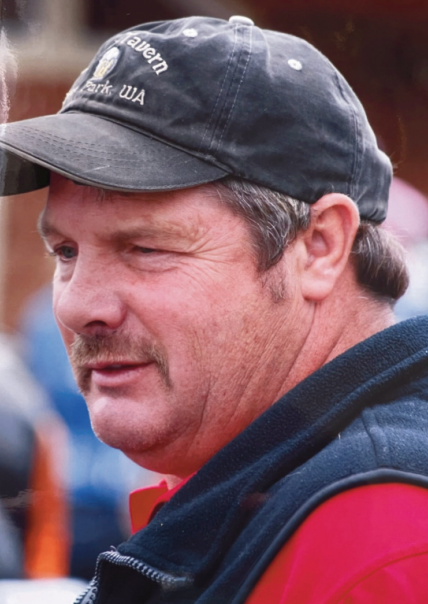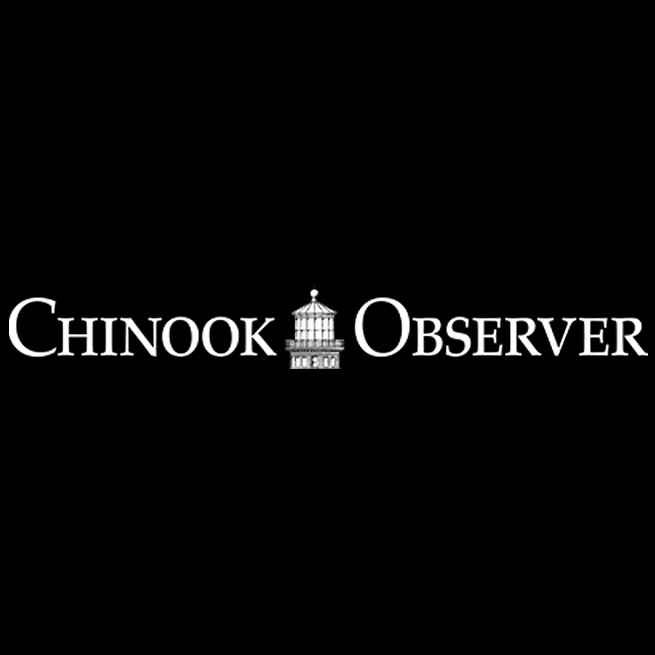Study: Use smart phones for recreational anglers’ salmon/steelhead catch reporting
Published 10:10 am Tuesday, January 10, 2017
In the near future, recreational anglers could report their salmon or steelhead catch on their smart phone, giving fisheries managers a 2.6 to 3 times greater confidence in the information they receive from anglers than if they solely used traditional creel surveys.
Trending
Information reported on the smart phone would also be more immediate, potentially giving fisheries managers another in-season tool to manage harvest.
Although a smart phone application has yet to be developed, a researcher at the Oregon Department of Fish and Wildlife tested the effectiveness of the smart phone application as if it was already in the hands of anglers in a simulated experiment in eight river basins along the mid- to north Oregon coast.
“The simulation showed that Chinook harvest estimates on the Oregon coast would be expected to have precision three times greater than traditional on-site creel surveys when anglers have the option to record harvested fish on a smartphone application in addition to traditional paper harvest cards,” said Joshua McCormick, fisheries biometrician, who is now with the Idaho Department of Fish and Game.
Trending
”Furthermore, depending on the spatial variation in smartphone user rates when implemented in practice, harvest could be estimated relatively accurately in some areas at no cost beyond developing the application and database.”
“Evaluation of Methods to Estimate Salmon Harvest Using Angler Harvest Permits Available on a Smartphone Application,” was published online December 20 in the North American Journal of Fisheries Management.
Anglers are required to immediately record their catches of salmon and steelhead, but currently the record is written directly onto their permit and voluntarily returned to a fisheries agency, such as ODFW, at the end of the year when the permit expires. If all anglers returned their permits, then fisheries managers would know with certainty the annual harvest, but in 2012 just 17 percent of permit holders did so. As it turns out, research suggests that even those 17 percent suffer from non-response bias, according to the study.
“Nonresponse bias occurs when the catch characteristics of the sample of anglers that voluntarily return their permits differ from those of the general population of anglers for whom inferences are made,” the study says. Successful anglers are more likely to return their permits than unsuccessful anglers and so total harvest is overestimated.
Or, for a better idea of catch rates in-season, fisheries managers can rely on creel surveys, a considerably more expensive technique and one that can’t possibly reach all anglers.
Only about 60 percent of recreational anglers currently have smart phones or would use their smart phones to report their harvest, but this is still a much higher rate than permit returns or creel surveys, and, according to McCormick, would allow more accurate harvest estimates at a “considerably lower price tag for more fisheries.”
“This will hopefully lead to better managed fisheries,” he said. “Additionally, in-season harvest management can likely be improved using the methods described in the study.”
In theory, McCormick added, smart phones could be used to manage in-season fisheries that have harvest targets, such as those set each year by the two-state Columbia River Compact, overseen by fisheries managers in Oregon and Washington.
“And, under the right conditions, it is my opinion that harvest estimates would likely be more accurate than ‘traditional’ on-site creel surveys in such fisheries,” he said.
However, a smart phone application would need to be thoroughly evaluated before using it as the primary method to estimate harvest in season, he concluded.
For instance, there may be certain areas that don’t have cellular coverage that could delay data availability to fisheries managers, so the estimation methods may need to be adjusted, he said.
In that case, the study says, the smart phone application would need to allow anglers to record their harvest even without cellular service. It could then be uploaded when the angler is back within a cellular area.
In addition to providing an accurate harvest location, a smart phone application could add other catch information that fisheries managers currently do not get.
“Angler data collected from smartphones are enticing because there can be a lot of it available to fisheries scientists and it can be obtained relatively inexpensively,” McCormick said. “To my knowledge, this was the first study to show that a smartphone application could be used to estimate absolute catch.”
But even that is not absolute. No matter how smartphones will be used in future fisheries management, many of the assumptions made in this and other studies need to be evaluated before smartphone data is used to make management decisions, McCormick said.









